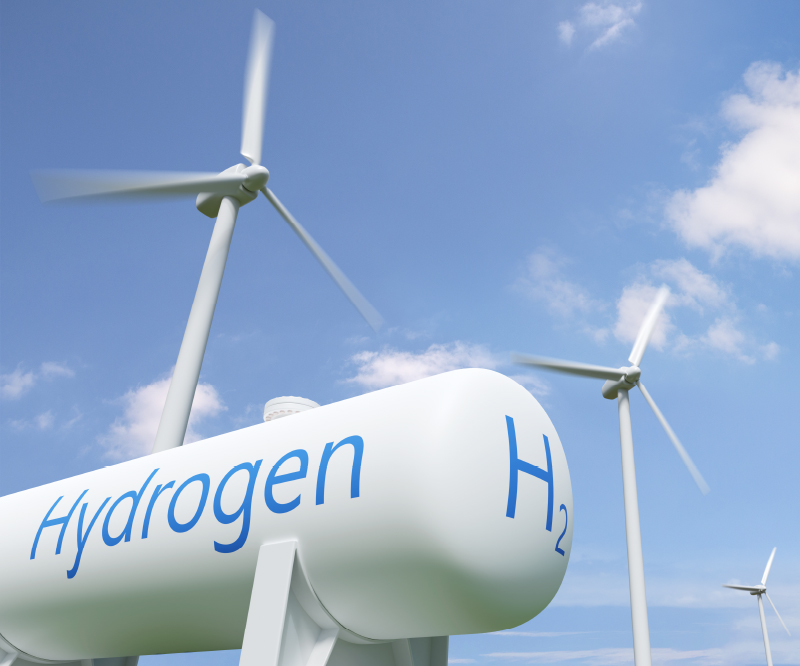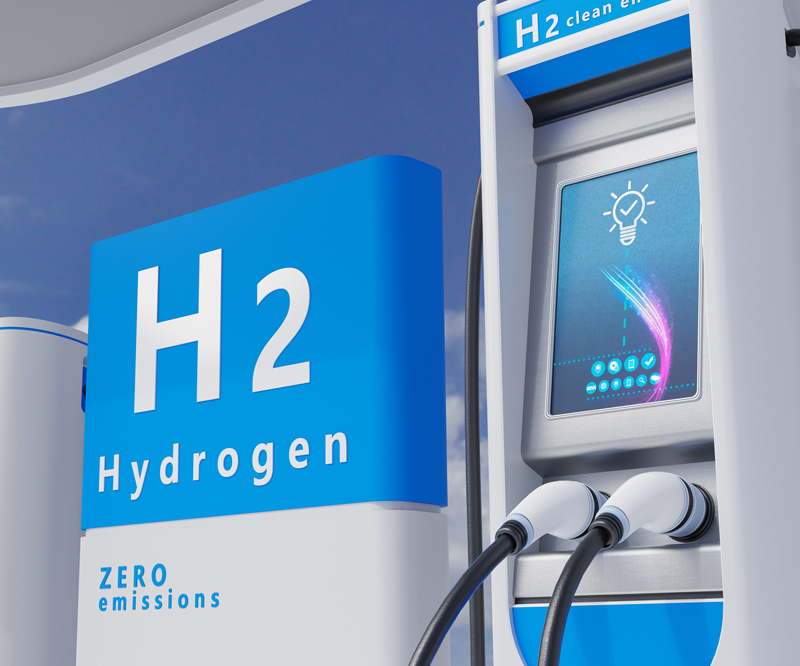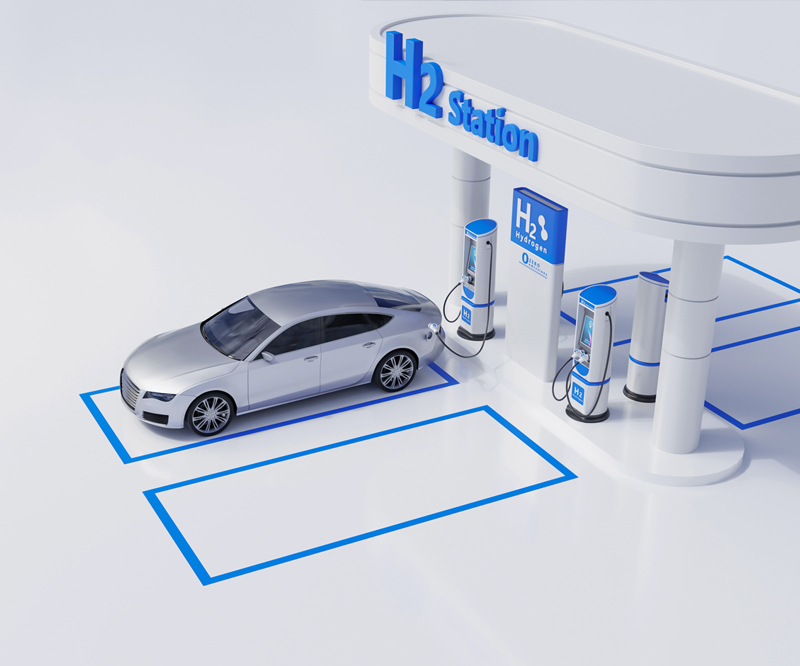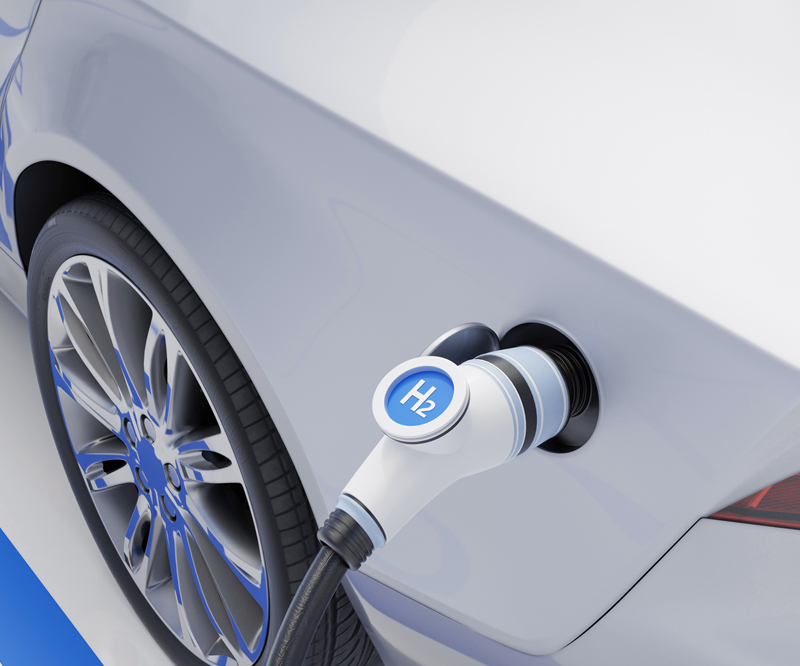Green and zero impact: hydrogen, the matter of the universe.
When electrochemistry meets renewable energies, green hydrogen is born, the fuel with the highest energy density, efficient and at zero emissions.
Hydrogen could account for 20% of world energy consumption by 2050.
What are the stars and the sun made of? Hydrogen, almost totally. On Earth we can find it in water, in fossil fuels, in biological molecules. It is the most abundant chemical element in the universe, present in 75% of matter. Producing it, however, is not so simple. Through ION, a company belonging to the Luce Group, we invest in the development of technologies to produce and market green hydrogen, that from renewable sources.
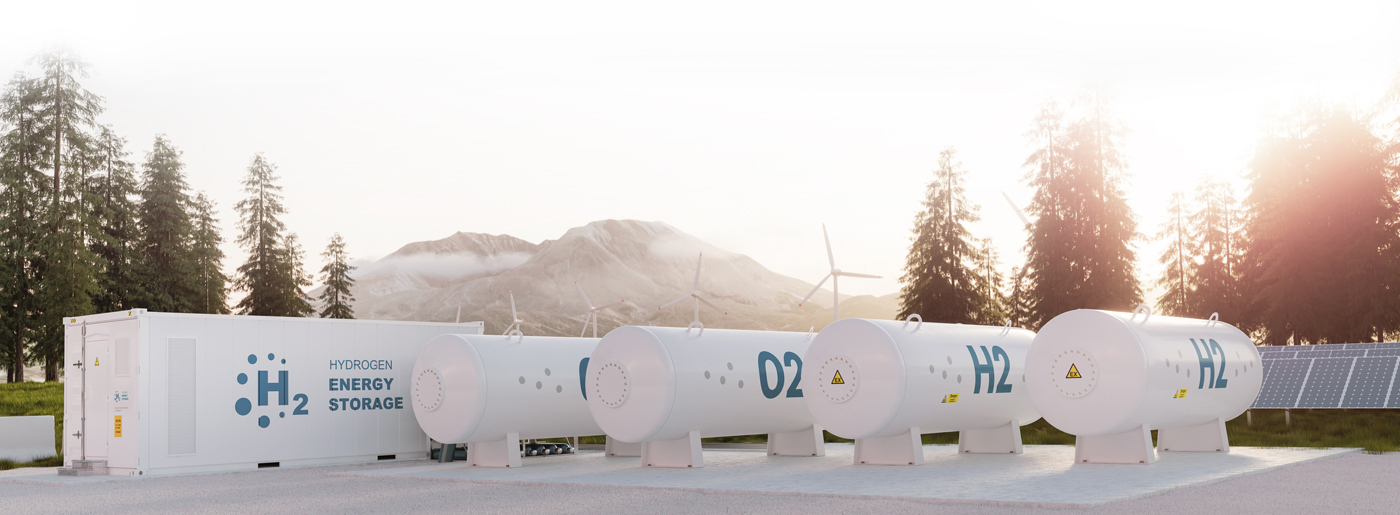


learning hub / Hydrogen
Nowadays, 97% of the hydrogen consumed in the world is grey, it is extracted from fossil sources. With ION we invest in green hydrogen for a future with zero emissions, based on sustainability.
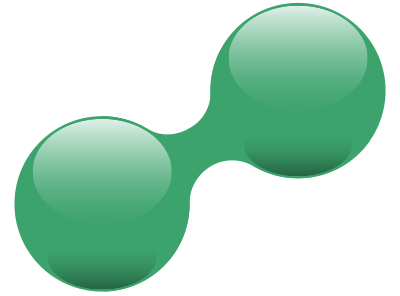
GREEN HYDROGEN
Green hydrogen is extracted from water - through a process called electrolysis - using only electricity from renewable sources, so with zero impact because there are no CO2 emissions.
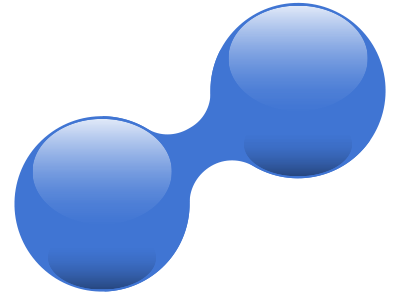
BLUE HYDROGEN
Blue hydrogen is extracted using fossil sources but without release into the area of CO2, which is captured and stored. If the hydrogen produced is blue, we’ll reduce emissions by 90%.
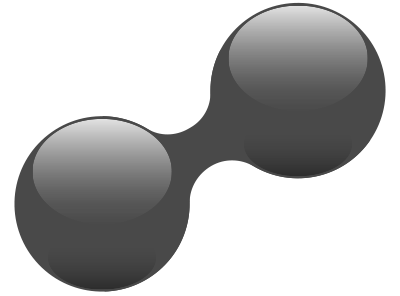
GREY HYDROGEN
Grey hydrogen is extracted using fossil sources such as methane or hydrocarbons. 97% of the hydrogen produced today is grey, it releases 800 million tons of C02 a year. As much as the emissions of Germany to be clear.
Green hydrogen can be used for energy storage, industrial use or as a vehicle fuel through combustion cells.
Green hydrogen can play a decisive role in the energy transition. It remains a critical issue to solve: the high cost (up to five times that of grey). At present, large-scale green hydrogen plants are not economically competitive compared to traditional ones. ION invests in research projects to reduce the cost of kWh coming from renewable sources. But how is green hydrogen produced? Through the process of electrolysis where water is separated into its constituent elements: hydrogen and oxygen. Hydrogen ions acquire electrons in a reduction reaction and thus become gaseous hydrogen. This process requires a certain amount of energy: in order to have green hydrogen it is necessary to use only energy from renewable sources.
Hydrogen and urban mobility. With ION we will launch a pilot project for the hydrogen supply network.
Goals 2030
Using as a development lever the incentives of the European Union.
Using the Group’s network to sell green hydrogen in over 200 service stations.
Using the Group’s infrastructure for logistics and storage.
Using the Group’s pipeline to refuel green hydrogen at Fiumicino Airport.
From 2040, hydrogen will be the core business of Luce Group.
BUSINESS LINES

